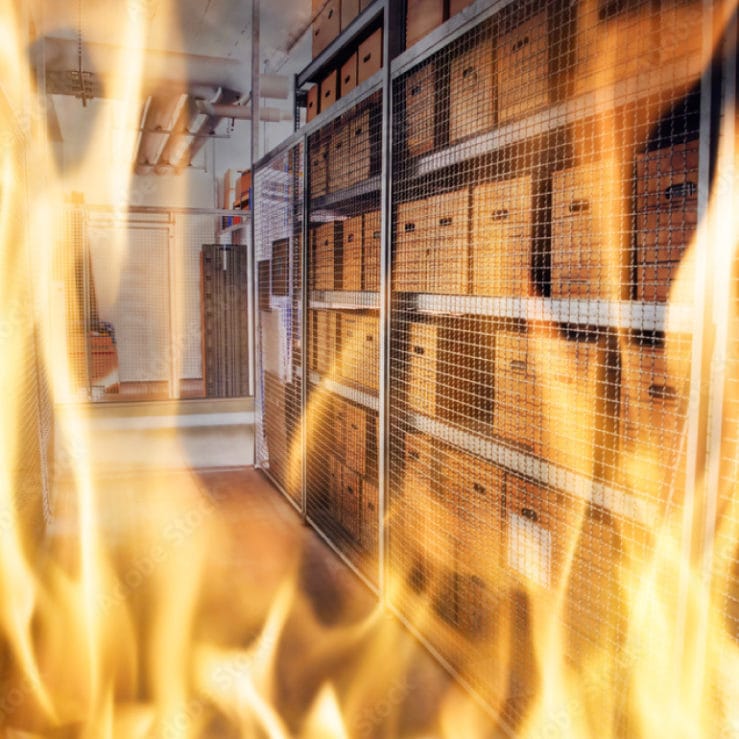Fire stopping in commercial buildings is integral to keeping staff, customers, visitors and contractors safe from fire. In many cases, fire stopping is a legal requirement, and if you own or operate commercial premises, you have a duty of care to maintain compliance and high safety standards at all times. But what does this mean in practice?
This blog highlights all the key measures that contribute to fire stopping in commercial buildings, and all the related requirements and responsibilities.
What is fire stopping in commercial buildings?
Fire stopping refers to the process of sealing openings and joints in walls, floors and ceilings to contain fire, and limit the spread of smoke, flames and toxic gases within your commercial premises. It is a remedial action to fix breaches in fire compartmentation.
Compartmentation is a form of passive fire protection that works by dividing your property into fire-resistant compartments, allowing fires to be isolated to smaller areas. By containing the fire, compartmentation plays a strategic role in protecting escape routes, allowing occupants to evacuate safely.
However, even the most minor of works can cause breaches in this compartmentation. Installing electrical cabling, network cables or air conditioning systems will naturally leave small gaps that can help fire spread if left unaddressed. These breaches must be fixed through a proactive approach that quickly identifies and resolves any issues – well before they can have any impact.
Failure to remedy breaches in compartmentation can leave your building non-compliant with UK fire safety law. As such, fire stopping in commercial buildings plays a vital role in keeping your business protected, and your people safe.
If you’re curious to learn more, feel free to check out our article on What is Compartmentation.
Who is responsible for fire stopping in commercial buildings?
In England and Wales, the employer or person with control of the premises is regarded as the ‘Responsible Person’ for fire safety in the eyes of the law.
That person is required to ensure that the building is safe in its entirety, to complete a Fire Risk Assessment and Fire Emergency Evacuation Plan (FEEP), and to ensure appropriate passive and active fire protection measures are in place. This includes fire stopping.
How can I achieve compliance?
Your Fire Risk Assessment is the first step on the road to compliance, as it can identify any problem areas that you need to assess.
The law states that your Fire Risk Assessment must be conducted by a suitably competent person, so it’s always best to use a qualified fire consultant. By working with a fully-certified member of the Institute of Fire Managers, you ensure your risk assessment is carried out correctly, to the letter of the law.
Equipped with that information, you can then apply the necessary measures for fire stopping in commercial buildings. To ensure you achieve (and maintain) compliance, we strongly recommend working with an experienced company that is fully-certified by the BM Trada Q-Mark scheme for fire stopping installations.
Your trusted fire safety partners
Ensure your commercial property is safe and compliant with our professional fire stopping services. We’ll help you prevent the spread of fire and protect everyone in your building by fixing breaches in fire compartmentation.
? Reach out to us at [email protected]
? Call us at 08000590113
Or complete our online contact form to get started today!




